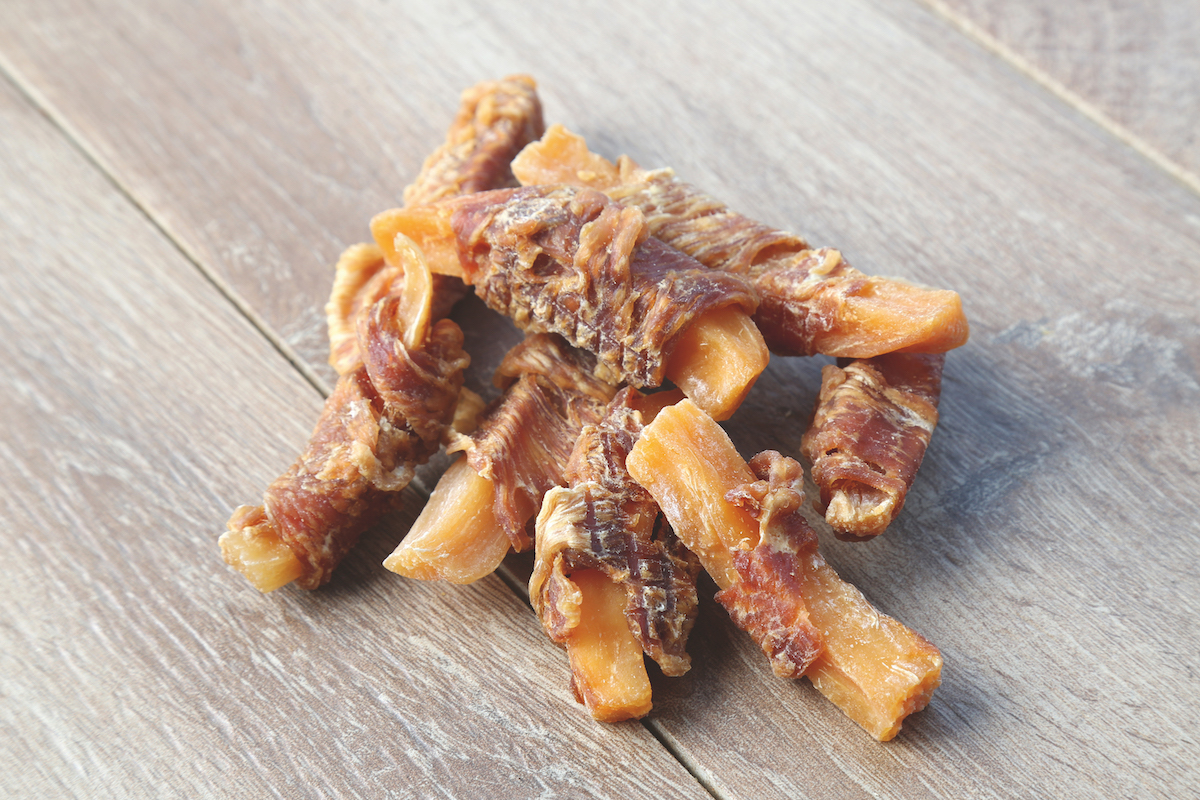Why is my dog losing weight?
A reader wonders if his dog should be switched to raw food to deal with weight issues

English setters are one of several breeds that are known to suffer from inherited Exocrine Pancreaetic insufficiency
“My three-year-old English setter eats like a horse but is still as thin as a rake. And getting thinner. He frequently has diarrhoea, no matter what I feed him. I am tempted to try raw food. Will this help?” Scott Wilcox, Derbyshire
Vet Neil Mcintosh replies
Ah! Once again the ‘will raw help’ dilemma when the real question should be: “What do you think is wrong with my dog?” There are a number of possibilities, the list of potential diagnoses including the following:
• Diabetes
• Inflammatory bowel disease
• Intestinal bacterial overgrowth
• Liver/kidney problems
• Parasitic disease
• Some tumours
• Other complicated stuff
• Exocrine pancreatic insufficiency
We will rule out diabetes, as you don’t say he is thirsty. Also, I presume he has had some basic antibiotic treatment and that you have wormed him (if not, do so immediately). Given his age, breed and continued weight loss despite a voracious appetite, the most likely problem is the last in our list, which is Exocrine Pancreatic Insufficiency (EPI).

Border collies are one of the breeds that can suffer from EPI
What is EPI?
- EPI can be congenital, inherited (especially in German shepherds, collies and English setters) or acquired (usually as a result of recurrent chronic pancreatitis).
- Most commonly, there is progressive atrophy of the pancreatic acinar tissue, which results in inadequate production of pancreatic digestive enzyme.
- Consequently, the patient eats well but digests little.
- Owners notice the dog losing weight along with poor body and coat condition.
- Faeces are often soft, bulky and smelly and coprophagia (a dog eating its own faeces) is common.
- The grave situation is compounded by secondary bacterial overgrowth (so affected dogs may appear to improve for a short while when given antibiotics) and malabsorption of Vitamins B12 and E.
How do you diagnose EPI?
The test is to measure Trypsin-like Immunoreactivity (TLI) on a simple blood sample and a low level of this is diagnostic for EPI.
Trypsin is a proteolytic enzyme, normally produced and contained within the pancreas, that is involved in the digestion of protein. Immunoreactive trypsin is a precursor of trypsin that has no proteolytic activity and is present in blood, where it can be measured. All that needs to be done is to fast the patient for 12 hours prior to sampling, to avoid lipaemia (fat in sample). Low levels of TLI are diagnostic for EPI (high levels can indicate inflammation of the pancreas). In affected dogs, Vitamin B12 will also be low and this is typically measured at the same time, along with folate levels, which are an indicator of small intestinal bacterial overgrowth.

A dog with EPI should be placed on a highly digestivle, low-fat diet
Can EPI be treated?
Simple answer, generally speaking, is ‘yes’. Treatment involves:
• Pancreatic enzyme replacement
• Highly digestible, low-fat diet
• Vitamin B12 given by injection
• Possibly antibiotics for a month
Why isn’t my gundog losing weight?
Losing weight: My four-year-old spaniel bitch has had six lovely puppies but is now having problems losing weight.
Are dog coats really necessary?
Have you got any experience of neoprene coats for gundog training? Do they work?
Can you prevent arthritis in dogs?
Q: Is there anything that can be done to delay or prevent the onset of arthritis in older dogs? Controlling…
Will this stop the dog losing weight?
Yes. The diarrhoea stops within a week, weight gain occurs over a month and the excessive appetite reduces as normal body condition is reached. Affected dogs may struggle with the rigours of work and, of course, the enzyme replacement costs.
Note also that the predisposition to develop EPI is inherited in some breeds, like English setters.











